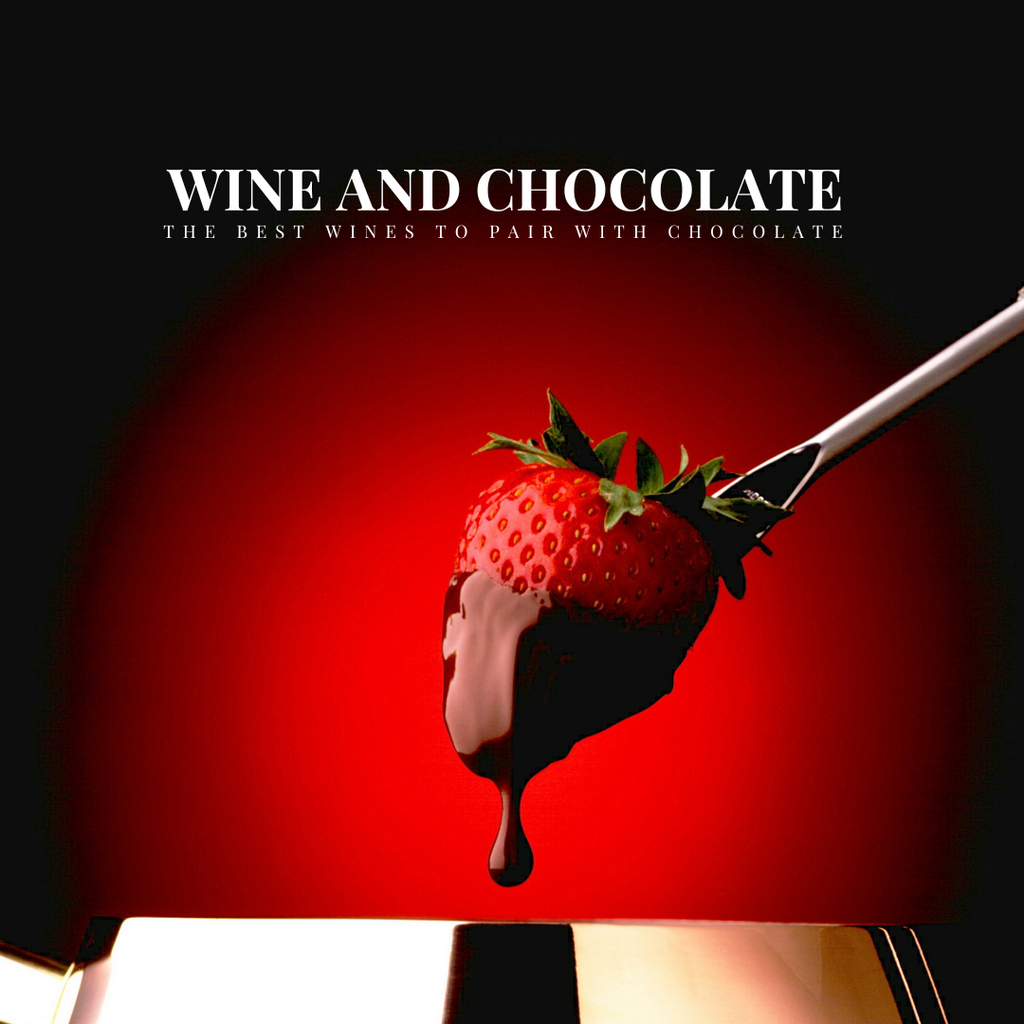From Lebanese chocolate artisan: Hoda & Chocolat

I grew up in an environment where pleasure and beauty combined with good food was the motto. Hoda & Chocolat’s story is a family story. It started in the eighties when my mom and dad decided to share with their family the delicious confectionary they enjoyed creating together.
While traveling for thirteen years in the business world, I kept being drawn towards the marvelous, delicious and artistic world of chocolate and sweets. I ended up giving into my passion and came back to Beirut in 2010 to be an active actor in my family ‘s heritage.
The “Chocolate World” just like the wine universe is an artistic philosophy in itself. It’s about senses, art, precision, balance, feelings and moods; but before going through the marriage of wine and chocolate, we ought to talk about chocolate.
Tasting chocolate engages your senses: first, the sight. A good chocolate should be shiny and glossy; and its color is a significant indicator of its quality. After the gentle touch of the delicate piece, comes the smell: just as is the case for wine, smelling chocolate is the next step toward discovering its aromas and characteristics. Depending on the chocolate you picked, you can enjoy scents of vanilla, caramel, smoked cocoa and so on…
Then, your sense of hearing is solicited: when you take a bite into a good plain tablet, it has to crack. If it doesn’t, then your chocolate contains butter other than cacao butter which is a sign of lower quality. (The French legislation for example requires chocolate to have 95% or more cacao butter to be sold on the national market.)
And finally, comes the taste and texture in the mouth: the chocolate has to melt in your mouth leaving a velvety sensation.
This is when you can start to savor the flavors, appreciate its intensity, balance, or subtle aromas. It should be rich intense with a perfect harmony of sweetness, bitterness and acidity.
In other words, chocolate tasting is a complex and fascinating experience. It requires a keen sense of taste and smell, as well as an understanding of the variety of factors that contribute to the flavor and quality of the chocolate. From evaluating the appearance and aroma to tasting the flavor and texture, the goal of a chocolate degustation is to identify the unique characteristics of each chocolate and determine the quality of the product. Whether you are a professional chocolatier, a chocolate lover or simply someone who enjoys good food, chocolate tasting is an experience that will never leave you indifferent.
As we just went over for chocolate, wine tasting also calls upon all your senses so imagine combining both together for a special tasting experience. It is a sophisticated experience, an explosion of senses, a marriage that brings out the unique flavors and aromas of each. The right combination magically balances the sweetness of the chocolate with the tannins and acidity of the wine, while enhancing the tastes of both at the same time. This type of tasting is increasingly popular as people tend to seek out new and unique food and drink experiences.
The best way to taste chocolate and wine is to take small bites and sips, allowing each flavor to fully develop on the palate before moving onto the next. It is important to note that the temperature of the chocolate and wine can greatly affect the taste and texture. It is therefore recommended to have both at room temperature.
When selecting chocolate for a dual tasting with wine, one has to consider the type and intensity of the chocolate. Dark chocolate with a high percentage of cocoa solids is often considered the best type of chocolate for wine tasting as it has a rich and intense flavor that can stand up to the bold flavors of red wines. Milk chocolate is typically considered a sweeter chocolate and is best paired with sweeter wines such as Moscato or Port.
Similarly, when selecting wine for a chocolate and wine tasting, it is important to consider the wine’s tannins, acidity, and sweetness levels. Tannins are a natural component of wine that give it its structure and flavor. Wines with high levels of tannins, such as Cabernet Sauvignon or Pinot Noir, are often considered the best types of wine for chocolate and wine tastings as they can stand up to the rich flavor of dark chocolate.
Wines with high acidity levels, such as Sauvignon Blanc or Riesling, are also good choices for chocolate and wine tastings, as they help balance the sweetness of the chocolate.
Furthermore, the most joyful combination tastings start with lighter-bodied wines and chocolate and then move on to more full-bodied wines and chocolate. This offers a gradual progression in intensity and flavor, allowing each pairing to be fully appreciated. It is also recommended to taste each pairing on its own before moving on to the next in order to fully appreciate how flavors and aromas fully develop on the palate.
In conclusion, chocolate and wine tastings are a unique and sophisticated way to enjoy two of life’s greatest pleasures. Whether you’re a wine connoisseur or a chocolate lover, a chocolate and wine tasting is sure to be a delightful and memorable experience for you.
In my view and beyond the fact that taste is very personal and subjective, it also depends on one’s mood or state of mind. So, I won’t go for big statements saying that such chocolate must absolutely go with this or that wine; when both are good quality, I would say follow your gut and take risks as there are great chances for you to be happily surprised.
Taste is a culture and we breed it. Chocolate and wine are art, and we discover them.

